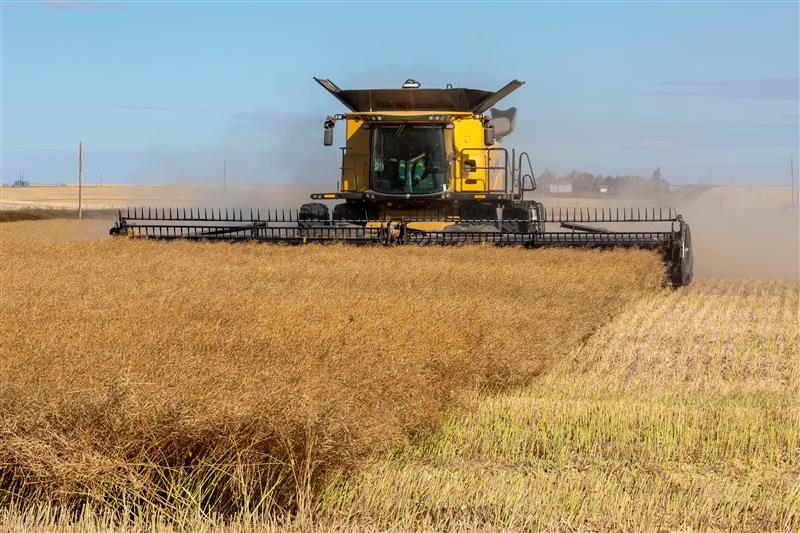Production Matters Column: Opinion Prairie producers have few choices that will grow true profits for the 2015/16 crop year. A lot of math, phone calls and a little polishing of a crystal ball can deliver a plan for some cropping choices that might put some black in the pen in the coming season. Last week […] Read more
Crop Management — page 528

Video: Banding urea? Go deep
Broadcasting urea reduces gaseous losses because it is absorbed by the soil
Farmers who band urea must make sure they do it deep, says an agronomist and fertilizer specialist who has studied the consequences of shallow banding urea. Otherwise, they are better off broadcasting it. Farms are becoming larger and fewer operators need to cover more acres, and “all of the sudden, intentionally or unintentionally, we’re cheating […] Read more
Save civilization — grow topsoil
Soil-building practices reduce flooding and disease transmission and produce cleaner water
ORILLIA, Ont. — Farmers need to move beyond conserving topsoil and start growing it, according to a Vermont grazier, educator and consultant. “The best we’ve been able to do is that we’re losing 10 times more soil than is being grown. At least, that’s the latest numbers I’ve seen,” Abe Collins told the Ecological Farmers […] Read more
Farmers can take leading role on research
Experiment with inputs and application rates instead of waiting for scientists and agronomists to conduct trials, says specialist
Prairie wheat growers are missing an opportunity. New wheat varieties have significantly higher yield potential, but tapping into that potential requires new knowledge and new agronomic practices, says an Ontario cereal specialist. Experimentation and on-farm trials have taught Ontario farmers how to harness the potential of modern wheat varieties and in-creased soft winter wheat yields […] Read moreField data easy to tidy up with yield editor software
Winter is no time to rest for the precision farmer. It’s time for the year-end analysis of yield data, which needs to be done every year. The first step for any yield analysis is getting the data from the yield monitor. I am surprised by the number of farmers who have told me they still […] Read more
Don’t treat soil like dirt, says expert
Ecologist David Pimentel, professor emeritus at Cornell University, says farmers can increase their soil organic matter by 10 percent a year. Unfortunately, too many treat their soil like dirt, he said. Depending on the region, topsoil is being lost 10 to 40 times faster than the rate of soil formation. “Very few people care about […] Read more

In Depth: Canada’s Outdoor Farm Show 2014
With the wind chill approaching -30 degrees Celsius in Saskatoon this afternoon, it seemed like a good time to make some room on my laptop’s hard drive by deleting videos and images I collected over the past year. When I came to the Canada’s Outdoor Farm Show folder, I thought it a shame to trash the […] Read more

Tech-savvy growers already replacing satellite imagery
Drones used to collect information for drought management, disease protection and pesticide application
The buzz about using unmanned aerial vehicles, also known as drones, for precision agriculture is getting louder among producers looking to improve their bottom line. The technology continues to evolve, improve and become more specific for the job at hand. Drones are now considered less gadget and more specialized tool. The ultimate goal of the […] Read more
Farmers told to keep it simple
There are more products available to farmers than there is good information, say the results of a two-year Canola Council of Canada study. Trials that tested several potentially yield boosting products and practices have found that tried and true best management practices win out more often than they lose. “It really comes down to buyer […] Read more
New crops still posing challenges
Corn and beans are staples in the U.S. Midwest, but Monsanto’s Dan Wright thinks farmers on the southern Prairies will soon add them to their planting mix. “We feel there is a potential of … eight to 10 million per year (of corn) and six to eight million of beans for Western Canada,” he told […] Read more





